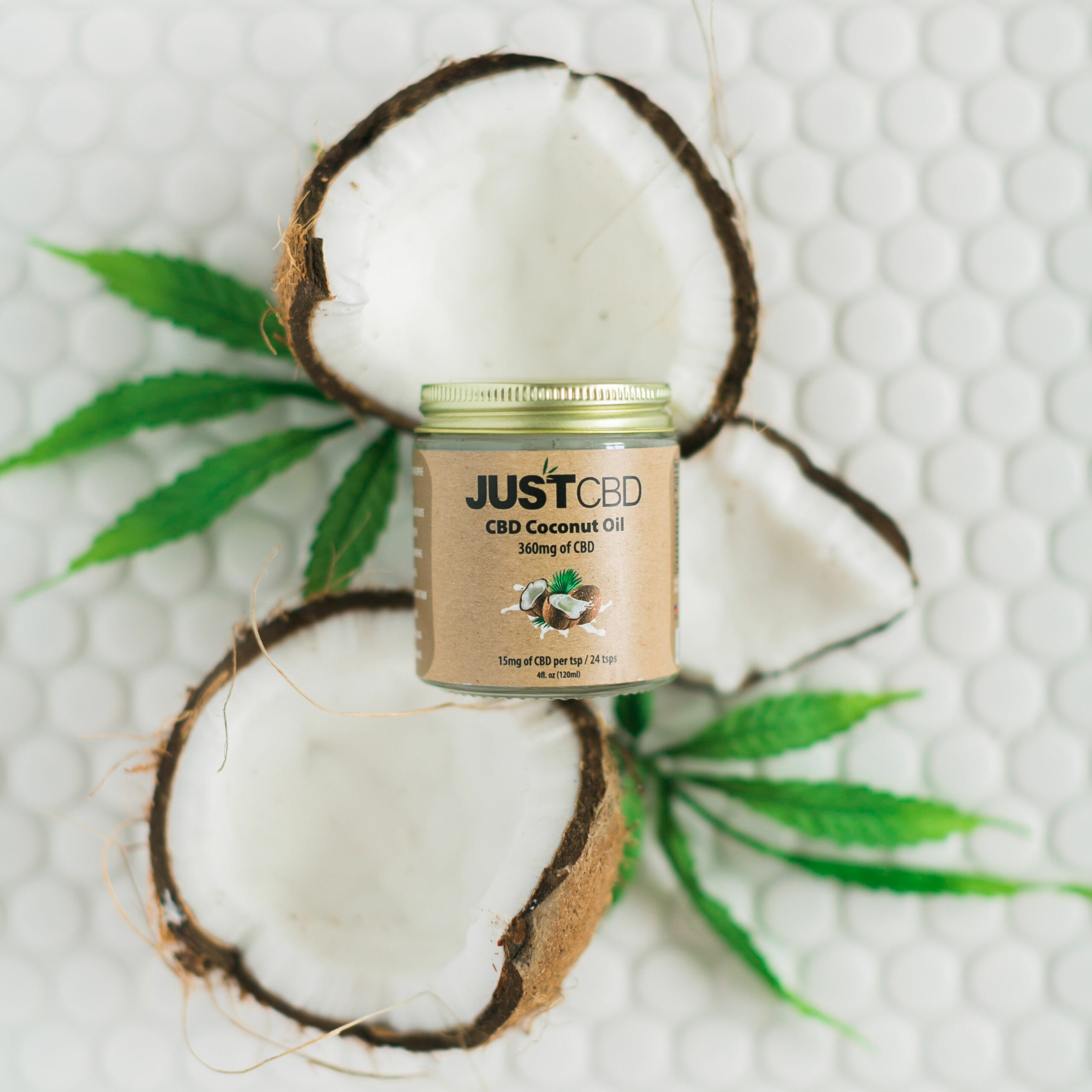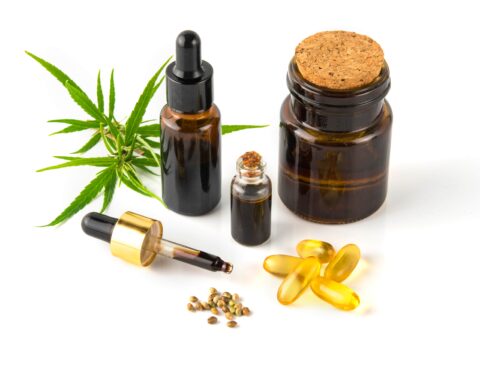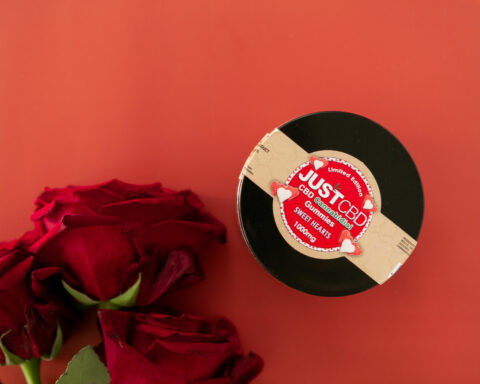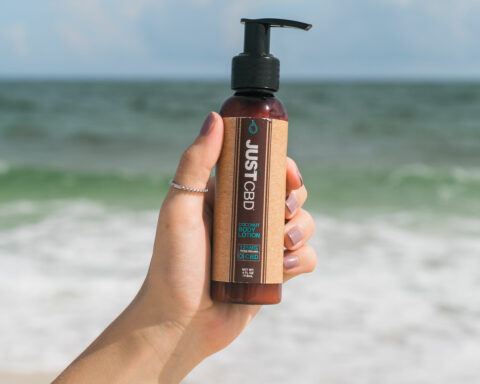Topicals are cannabis-infused treatments that you apply directly to your skin to treat a condition. Because cannabinoids in topicals are taken into the circulation at a slower pace than those in smokable or edible cannabis, the effects of topicals are often felt just where they’re administered without the intoxicating THC. Lotions, oils, patches, sprays, soaps, lubricants, bath salts, and cold or warm balms are examples of topicals. They are often made with essential oils and other organic components.
Topicals may contain tetrahydrocannabinol (THC), cannabidiol (CBD), or tetrahydrocannabinol acid (THCA), and intoxication depends on the cannabinoids used and where they are put on your body.
How Topicals Work
Cannabis topicals work because of the plant’s unique compounds: THC and CBD. THC is the main intoxicating component of cannabis and is responsible for the well-known “high” it produces. When given topically, however, the hallucinogen has no mind-altering effects. Instead, the cannabis ingredient works to lower inflammation and pain on a local level.
Similarly, when CBD is given topically, it has no systemic effects. Primary cannabinoids and other minor cannabis chemicals can interact with specific receptors on the skin’s surface called cannabinoid receptors, which are thought to govern inflammation in the skin, an element of the body’s immune response. Cannabinoid receptors are thought to play a role in generating sebum, the skin’s natural oil.
What are Cannabis Topicals Used for?
Cannabis has been used as a topical treatment for millennia. Ancient Egyptians utilized cannabis flower and honey concoctions to alleviate the pain of childbirth. Cannabis poultice and other topical medicines were used to treat wounds in different cultures, including ancient China and some sections of Europe. Aside from ingesting the herb, topical cannabis has been a popular way for humans to use the herb throughout history. Cannabis topicals are used for the following things in more recent applications:
To Address Pain and Inflammation
Cannabis topicals are effective anti-inflammatories for sprain, infection, burn, or other injuries. According to research, they provide targeted relief to a specific region, eliminating the need for systemic therapy. While extreme cases of inflammation will almost certainly necessitate reinforcement, some anecdotal evidence suggests that cannabis patients use these anti-inflammatory topicals in the following ways:
- Sprains and twists.
- Bites and stings from insects.
- Joint discomfort (arthritis).
- Muscle aches.
- Burns.
- Swelling.
- Bruises.
Antibacterial
Cannabis’ antibacterial properties are now widely acknowledged. According to research, these chemicals have antibacterial properties for plants, protecting them from hazardous diseases while growing. These same chemicals may be what give cannabis such potent antibacterial benefits.
Pain Alleviation
According to a case study, topical cannabis aids with skin-deep pain. It’s also a well-known analgesic and a potent anti-inflammatory. Unfortunately, enough human research has not been conducted to see if topical cannabis can help those with severe pain from arthritis or muscle strain. A certain only way to know if canna-ointments will work for you is to try them out until further data becomes available.
Anti-aging Properties
Antioxidants such as cannabinoids are essential for preventing free radical damage to cells and DNA. Radicals produced by environmental factors like pollution and UV light play a role in detecting fine lines and wrinkles on the face. Cannabinoids are used in various beauty products and cosmetics due to their anti-aging properties as effective anti-inflammatory antioxidants. They can be absorbed into a regular moisturizer or homemade night lotions.
Skin Problems
Cannabis Topicals, according to University of Colorado researchers, can effectively treat several skin illnesses such as psoriasis, acute itching, and atopic and contact dermatitis. Topicals relieve itching and inflammation from eczema, and cannabinoids’ antibacterial properties may even help manage Staphylococcus aureus bacteria, a consequence and a driving element in the disease. Make sure the product you purchase is for pain relief, inflammation reduction, and skin irritation relief, not muscle and joint pain relief.
CBD has been found to limit the formation of lipids in skin cells, effectively regulating the amount of oil produced by your skin.
Topical cannabinoids have antioxidant characteristics that can protect skin from harm.
Sexual Gratification
Topicals, which include everything from lubrication to suppositories, enhance the bedroom’s pleasure and comfort (or wherever you get busy). If these products include THC, they can provide euphoric effects. The epidermis and mucosa in the oral cavity and genitals are quite similar. Both have a high concentration of blood vessels that readily absorb cannabinoids.
Cancer-fighting Properties
According to data, cannabis may be a beneficial aid in the fight against cancer. Despite the lack of large-scale human trials, a case study published in January 2017 reveals that topical cannabis treatments may be useful for reducing pain and potentially repairing malignant lesions. In the case study, after putting a topical cannabis oil to his wound, a 44-year-old man lowered his doses of pharmaceutical medications by 25%, reducing his wound size by 5%. Unfortunately, the man’s condition had deteriorated to the point where he died. This is a terrible reminder that cannabis should never be thought of as a panacea or a silver bullet but as a therapeutic tool that you can learn to utilize on your own or in combination with other treatments.
Headaches
According to research, you can treat your temples with cannabis ointment or lotion. Some exploratory studies have also suggested that cannabis cream and other topicals may be beneficial in treating migraines.
Conclusion
Some topicals have immediate effects, while others require several hours. Also, while most topicals won’t make you high, transdermal patches will because they allow THC to reach the bloodstream. Similarly, while many cannabis creams will not lead you to fail a drug test, you can make no assurances, so proceed with caution.
References
Bruce, D., Brady, J. P., Foster, E., &Shattell, M. (2018). Preferences for medical marijuana over prescription medications among persons living with chronic conditions: alternative, complementary, and tapering uses. The Journal of Alternative and Complementary Medicine, 24(2), 146-153.
Andre, C. M., Hausman, J. F., & Guerriero, G. (2016). Cannabis sativa: the plant of the thousand and one molecules. Frontiers in plant science, 7, 19.
Eskander, J. P., Spall, J., Spall, A., Shah, R. V., & Kaye, A. D. (2020). “Cannabidiol (CBD) as a treatment of acute and chronic back pain: A case series and literature review.” Journal of opioid management, 16(3), 215-218.
Stella, A., Palmieri, B., Laurino, C., &Vadalà, M. (2019). A therapeutic effect of CBD-enriched ointment in inflammatory skin diseases and cutaneous scars. La ClinicaTerapeutica, 170(2), e93-e99.
MacCallum, C. A., & Russo, E. B. (2018). Practical considerations in medical cannabis administration and dosing. European journal of internal medicine, 49, 12-19.
- Bell Peppers 101: Nutrition Facts and Health Benefits - April 19, 2024
- Products That Assist with Stress Relief - September 21, 2023
- TRÈFLE – THE ROAD TO THE 15TH - July 29, 2023









